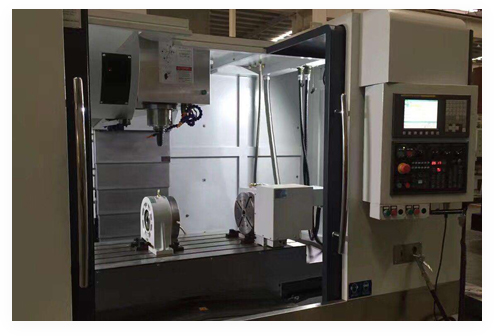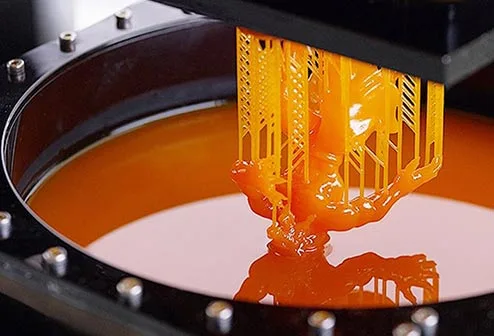In the fast-paced world of automotive manufacturing, precision and efficiency are key factors that can make or break a company's success. One technology that has been revolutionizing the industry is CNC cutting, particularly when it comes to aluminum sheet materials. The use of CNC cutting machines allows for precise and complex cuts to be made quickly and accurately, making it an essential tool in the production of various automotive components.
One of the main advantages of using CNC cutting for aluminum sheets in automotive manufacturing is the level of precision that can be achieved. With CNC cutting technology, manufacturers can create intricate and detailed designs with ease, ensuring that each component meets the strict quality standards required for automotive applications. Additionally, CNC cutting allows for faster production times, reducing lead times and increasing overall efficiency in the manufacturing process.
Another benefit of using CNC cutting for aluminum sheets in automotive manufacturing is the material's lightweight and durable properties. Aluminum is a popular choice for automotive components due to its high strength-to-weight ratio, corrosion resistance, and ability to be easily fabricated. By using CNC cutting technology, manufacturers can capitalize on these properties and create lightweight yet durable components that contribute to improved fuel efficiency and overall vehicle performance.
CNC cutting aluminum sheets are used in a wide range of automotive applications, from body panels and structural components to interior trim and engine parts. One common application of CNC cutting aluminum sheets in automotive manufacturing is in the production of radiator grilles, where intricate designs and patterns can be easily achieved using CNC cutting technology. Additionally, CNC cutting is often used for creating lightweight and aerodynamic body panels that help to improve overall vehicle performance and fuel efficiency.
Another common application of CNC cutting aluminum sheets in automotive manufacturing is in the production of interior trim components, such as dashboard panels and door handles. Using CNC cutting technology, manufacturers can create precise and seamless designs that enhance the overall aesthetics and functionality of the vehicle's interior. Additionally, CNC cutting can be used to create engine parts, such as heat shields and mounting brackets, that require high levels of precision and durability.
As technology continues to advance, the use of CNC cutting for aluminum sheets in automotive manufacturing is expected to become even more prevalent. With the introduction of new materials and designs, manufacturers will need to rely on CNC cutting technology to meet the increasingly stringent quality standards of the automotive industry. Additionally, as the demand for lightweight and fuel-efficient vehicles continues to grow, CNC cutting will play a crucial role in the production of aluminum components that help to achieve these goals.
In conclusion, CNC cutting aluminum sheets have become an essential tool in the automotive manufacturing industry, allowing for precise and efficient production of high-quality components. With its ability to create intricate designs, lightweight materials, and improved production times, CNC cutting technology is set to revolutionize the way automotive components are manufactured. As the industry continues to evolve, manufacturers can expect CNC cutting to play an even larger role in the production of aluminum components for automotive applications.
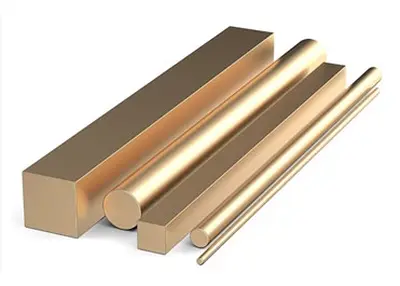 Brass vs Bronze or Brass vs Copper: Which Is Better for Your Project?October 7, 2023This article introduces the difference between brass and bronze and copper, which can help you and your project find the right choice of these metals.view
Brass vs Bronze or Brass vs Copper: Which Is Better for Your Project?October 7, 2023This article introduces the difference between brass and bronze and copper, which can help you and your project find the right choice of these metals.view CNC Plastics Selection Guide | Machining MaterialsJune 18, 2024Delve into the realm of engineering plastics to discover a wide range of materials, their unique characteristics, and diverse processing techniques.view
CNC Plastics Selection Guide | Machining MaterialsJune 18, 2024Delve into the realm of engineering plastics to discover a wide range of materials, their unique characteristics, and diverse processing techniques.view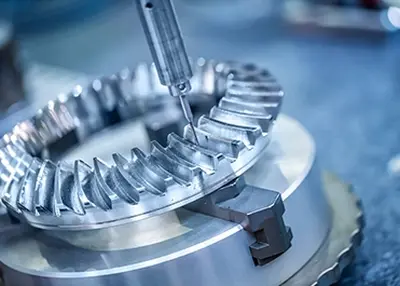 How Many Types of Gears Are There? What Common Materials Are Suitable for Making Gears?October 26, 2023Gears are mechanical parts with teeth that can mesh with each other, and they are widely used in mechanical transmission and the whole mechanical field. There are many types of gears, mainly reclusive gear axis classification, generally divided into parallel shaft, intersecting shaft and staggered shaft three types.view
How Many Types of Gears Are There? What Common Materials Are Suitable for Making Gears?October 26, 2023Gears are mechanical parts with teeth that can mesh with each other, and they are widely used in mechanical transmission and the whole mechanical field. There are many types of gears, mainly reclusive gear axis classification, generally divided into parallel shaft, intersecting shaft and staggered shaft three types.view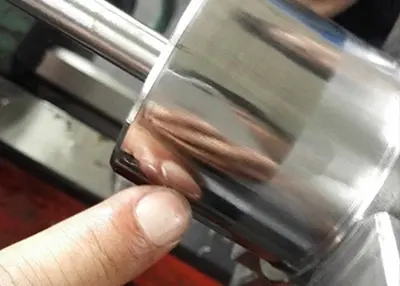 What are the commonly used surface finishing?September 27, 2023Surface finishing is to clean, sweep, deburr, de-grease, de-oxidize, etc., the surface of the workpiece, which is used to meet the corrosion resistance, abrasion resistance, decorative or other special functional requirements of the product.view
What are the commonly used surface finishing?September 27, 2023Surface finishing is to clean, sweep, deburr, de-grease, de-oxidize, etc., the surface of the workpiece, which is used to meet the corrosion resistance, abrasion resistance, decorative or other special functional requirements of the product.view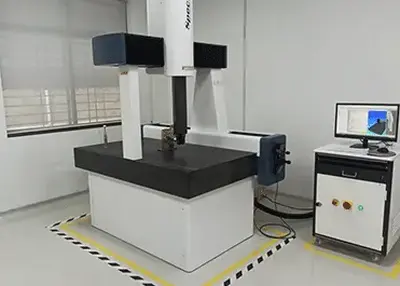 Coordinate Measuring Machines: Products with High Accuracy in Measurement ResultsDecember 1, 2023Coordinate measurement in the coaxiality detection is often encountered in our measurement work, with the three coordinates for coaxiality detection is not only intuitive and convenient, three yuan, 2.5 times the yuan and the three coordinates of the measurement results of high precision, and good repeatability.view
Coordinate Measuring Machines: Products with High Accuracy in Measurement ResultsDecember 1, 2023Coordinate measurement in the coaxiality detection is often encountered in our measurement work, with the three coordinates for coaxiality detection is not only intuitive and convenient, three yuan, 2.5 times the yuan and the three coordinates of the measurement results of high precision, and good repeatability.view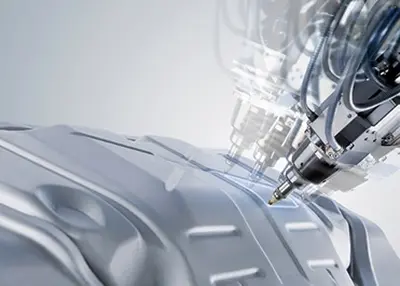 What is CNC Milling Machine: Definition, Uses, Types & PricesMarch 29, 2024Let's delve deeper into CNC milling machine, which holds significant importance for your project, and explore the mill machine in detail.view
What is CNC Milling Machine: Definition, Uses, Types & PricesMarch 29, 2024Let's delve deeper into CNC milling machine, which holds significant importance for your project, and explore the mill machine in detail.view
 EN
EN
 ru
ru 

